It’s time to start planting your fall crops. I know, I know… it seems crazy to think about winter when it’s a bazillion degrees outside, but it’s true. Before you start sowing seeds though, be strategic about where things get planted by practicing crop rotation.
Put simply, crop rotation means you plant each type of vegetable in a new spot in your garden each season. You want to rotate crops for two general reasons: to reduce pests/disease and balance out nutrients in your soil.
Pests/disease usually focus on a general plant family. If you had problems with your cabbage in one spot, don’t plant anything in the brassica family there this year – like cauliflower, broccoli, etc. Pests will lay eggs or otherwise try to survive the winter in the soil. When they emerge in springtime, they’ll be looking for food in that same spot. They’ll have a harder time surviving if that food source has moved to a new place.
All vegetables want nutrient-rich soil with a combination of nitrogen, phosphorous and potassium. Leafy green plants are often heavy feeders of nitrogen. So the nitrogen levels where they grew last year might be lower, so put them in a new spot. If you plant peas in their place this year, the peas will add nitrogen back into the soil.
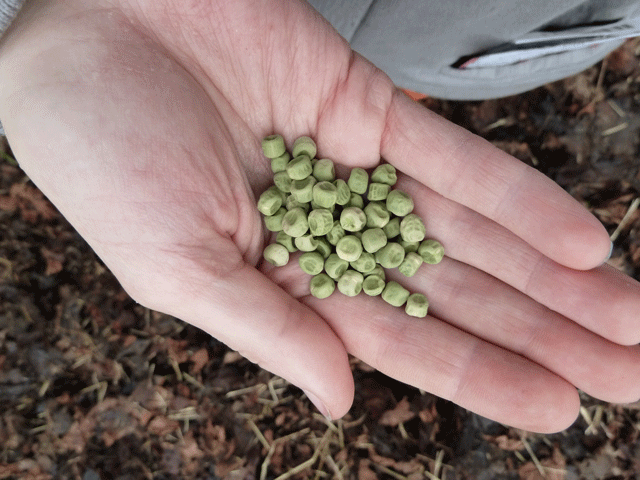
Pea seeds to be planted in a former lettuce patch, to help replenish nitrogen levels
Crop rotation can be really easy if you take just a little time to organize your garden plot. Jot down in your garden journal what got planted where this season, then refer to it when you plant your next round of crops.
Need a little more guidance? Check out my former garden plans from 2014, 2013 and 2012. You can see from one year to the next how different crops move around to different beds. Good luck and happy planting!
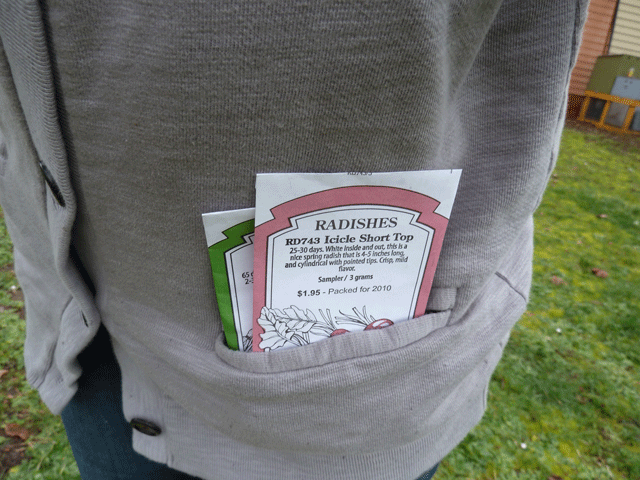
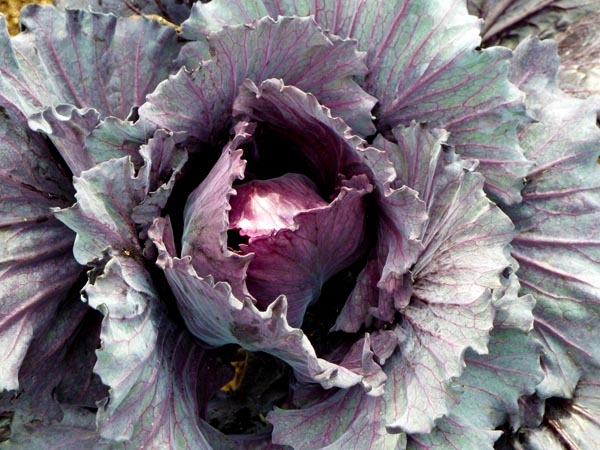
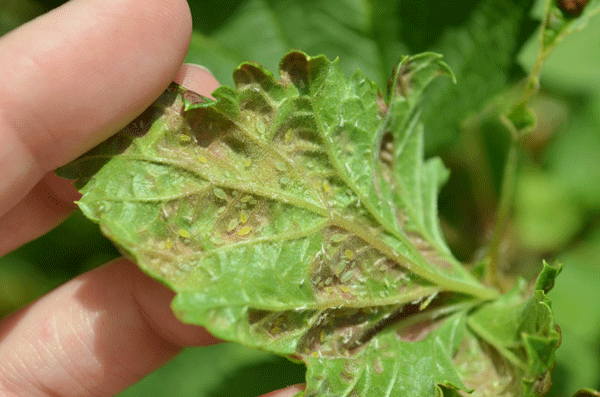
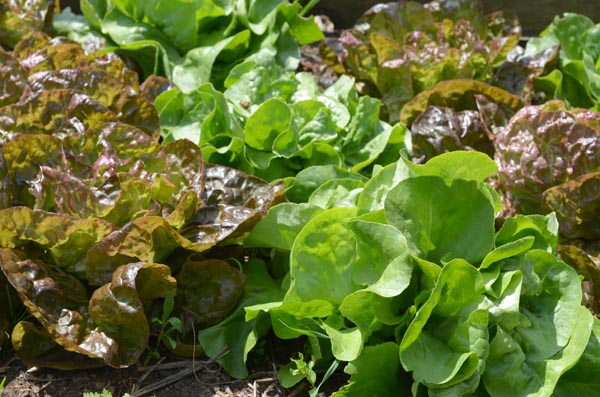
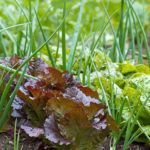
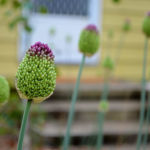
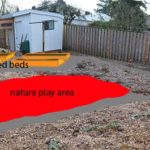

 Upgrade your hanging basket game!
Upgrade your hanging basket game!  Here’s
Here’s

 This cluster was about the siz
This cluster was about the siz



 I start with a
I start with a


So is it time to plant winter peas here in PDX? Seems so early.
Andy, hard to believe but true! Check out this link to a pdf from Portland Nursery on which crops to plant when. Shaded items are for fall harvest/overwintering.
I took your advice and planted Green Arrow peas in particularly compacted and tired bed where I had garlic overwinter.
Even though the idea is soil improvement, any chance I’ll get some peas out of them? And would they fall bloom or overwinter?
I think you’ve got a good shot at having peas to harvest in Oct, depending on the weather. I recommend keeping a garden journal to track what you plant, when and how the harvest is. That way you’ll know for next yr how it worked out!